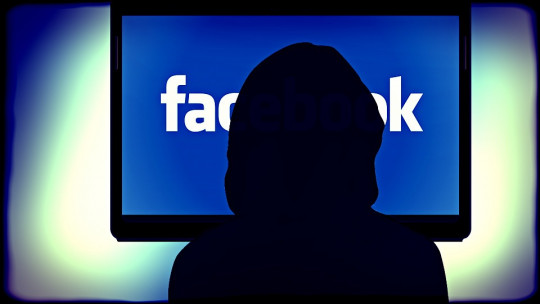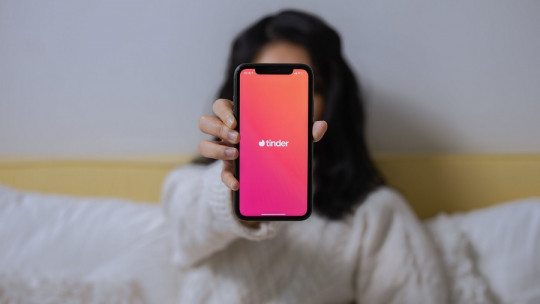
Although it may seem incredible, the behavior of users who use the Internet or various online applications is increasingly valued by Psychology as an important source of data about how we are and how we act. If, furthermore, this online behavior is related to our most emotional and instinctive side, all the better.
Tinder is one of the most popular dating apps of the moment. The simplicity of its use, added to the large number of users who use it around the world, makes it a recurring option for those people who want to meet people for sexual or romantic purposes.
But just because Tinder is popular doesn’t mean it’s fair or equitable. In fact, there is evidence that for most men with high expectations about their chances of finding someone they find very attractive, this app could be a waste of time. And Tinder It is one of the most unequal ecosystems depending on whether you are a man or a woman, as we will see.
Why Tinder is unfair to men, according to a study
What is done in Tinder is, basically, to quickly filter users, separating those that interest us from those that don’t with a simple movement of the finger (left or right). In this way, we can chat only with the people we have “accepted” and who in turn, when our user profile appears, have selected us.
On the other hand, Tinder can be understood as an economy Here, instead of monetary units, there are “likes”, and the richest people are those who have been accepted by a greater number of users, which translates into greater chances of meeting someone interesting.
Well, recent research shows that Women “like” 12% of men whose profile appears on Tinder. However, that does not mean at all that every man will be accepted at least one in every 10 times that his photograph appears to a user, given that the vast majority of “likes” go to a minority of men: only the more attractive. This is a pattern that does not occur the other way around, in the selection behavior used by men.
To what extent is there inequality in this dating app?
From what can be estimated in this simple study, the inequality between the “likes” received by the least attractive and the most attractive men is absolutely overwhelming even if we compare it with those received by women at each of the extremes of beauty. (estimated according to the opinions of the people in charge of selecting them).
Specifically, in the conclusions of this research it appears that, if we order the men who use Tinder making the first ones the most attractive and the last ones the least attractive, 80% of them starting from the end (least attractive) compete for 22% of women also starting at the end while 78% of women, starting with the most attractive, compete for the “top” 20% of men.
Thus, the minority of men who are rated as especially attractive will be accepted by 20% of women, while those who are slightly less attractive will have significantly less “wealth in likes.” This decline will continue to be pronounced as we move to men who are considered not especially attractive, and will especially target the 50% least attractive
Tinder’s Gini coefficient
The Gini coefficient is a widely used tool to measure the degree of inequality in the various economic systems of the world. Its value is between 0 and 1, with 0 being the number that corresponds to systems in which inequality does not exist and 1 being what is obtained when analyzing economies in which all the wealth belongs to an individual and the rest has nothing..
What is Tinder’s Gini index taking into account the data obtained by this research? Its value is 0.58, which makes its economy more unequal than 95% of all countries on the planet, sharing a position with nations such as Namibia, Angola or Botswana. Fortunately, a population’s ability to find food and shelter does not depend on the mechanics of this dating app.
Why does this difference occur?
There are several ways to understand this difference between the behavior of both sexes. However, the one that usually has the most force when it comes to explaining this kind of differentiation It is the one that starts from evolutionary psychology From this perspective, there are many researchers who maintain that both in our species and in the vast majority of animals that reproduce sexually, males compete for females because their reproductive value is always greater.
The reason? In addition to doing their part in the formation of the zygote, they carry on their backs the hardest part of reproduction: creating the largest, most expensive type of gametes and therefore limited in number, and in many cases being in a vulnerable situation during pregnancy
In this sense, males should be the ones who compensate for their lack of commitment to reproduction by competing hard with the rest of the males in terms of the number of females, while the latter concentrate on selecting based on the quality of each male. If this explanation Whether or not it adjusts to the reality of the civilized human being is something that is completely open to discussion.








